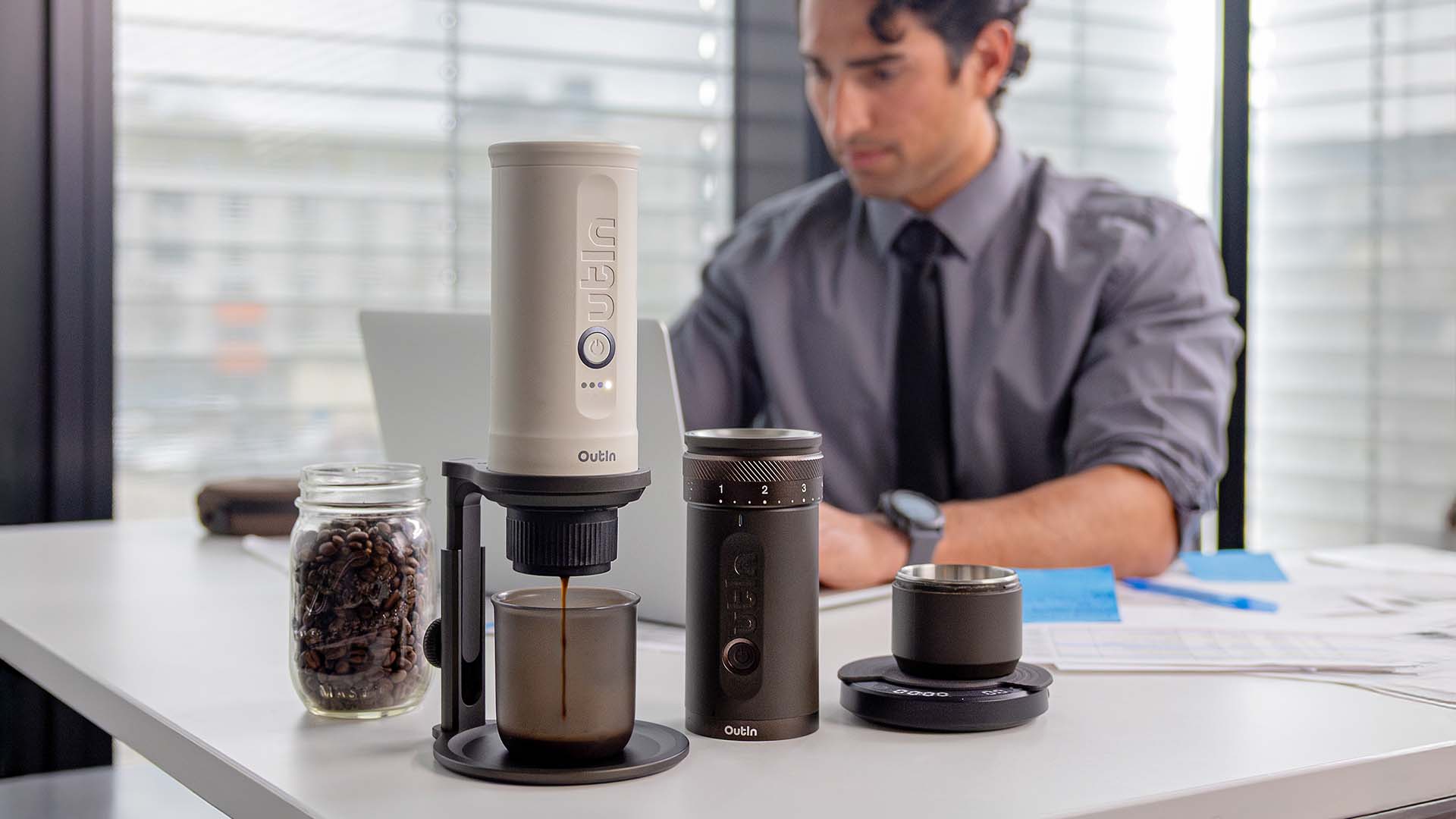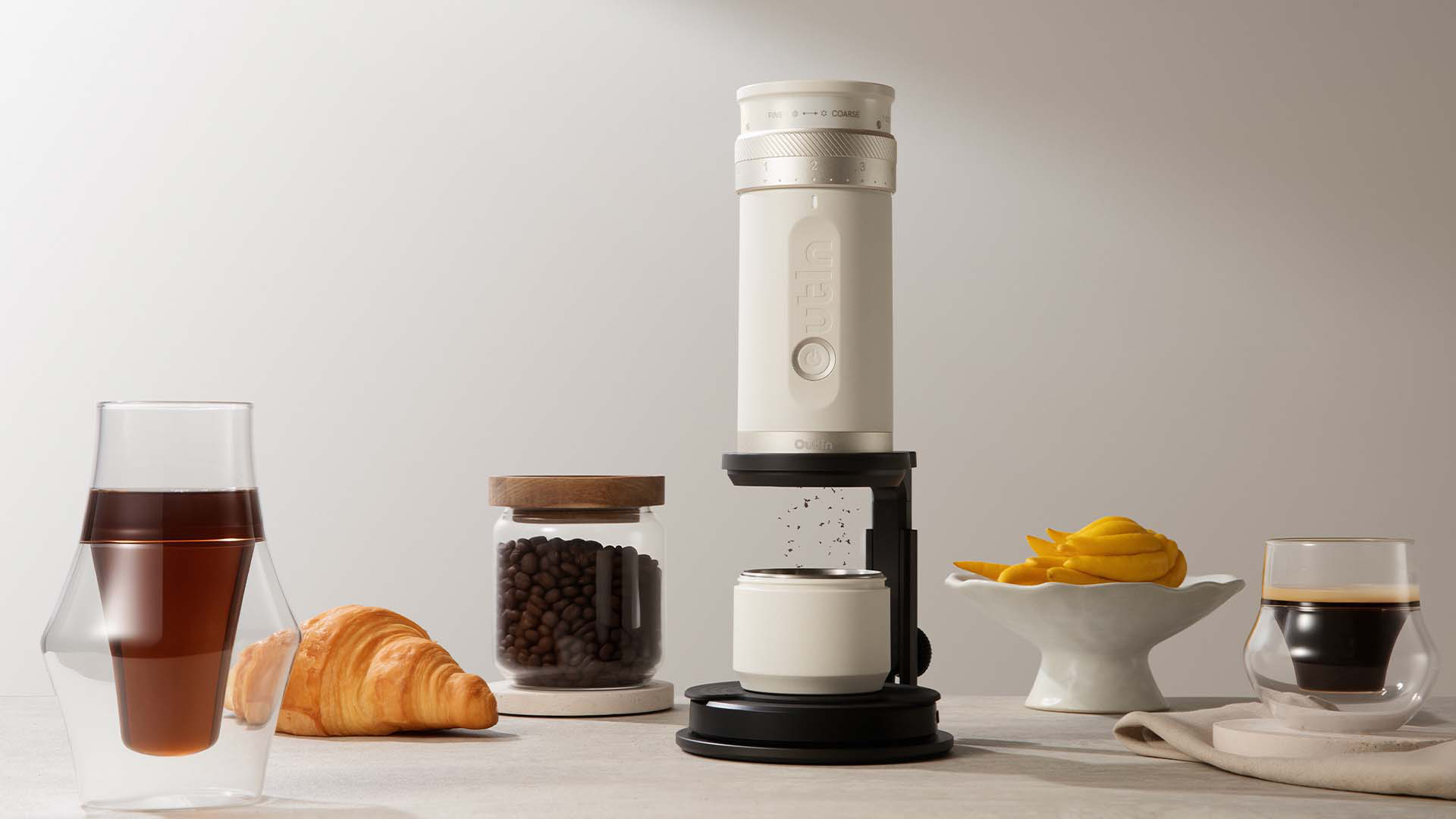You've selected the right beans, adjusted your grind properly, and perfected the art of creating the perfect shot of espresso. How much consideration have you really given to the cup it's being served out of, though? The perfect cup of espresso is more than a vessel of liquid and is a critical piece of equipment that retains temperature, concentrates fragrance, and transforms your morning coffee from a simple beverage to a complete sensory experience. That's precisely what this article is going to take you through – the world of espresso cupware – to bring to you some clarity about why and how the cup is as critical as it is.

Why the Right Espresso Cup Matters
Serving a nicely extracted espresso out of an incorrect cup is like serving fine wines out of a plastic cup—it degrades the experience. The design and makeup of your espresso cup have a direct and significant impact on flavor, aroma, and aesthetic appeal of your cup of coffee. It is all a ritual charged to maintain and bring out the subtle attributes of a quality shot.
Maintaining Temperature
Espresso is a small-volume beverage that cools quickly. Your standard thin-walled ceramic cup has too much surface area and insufficient insulation properties for your ordinary thin-walled ceramic coffee cup to hold back your shot from turning lukewarm and sour in a matter of seconds. The espresso cup, by definition, is usually constructed with heavy walls to be specifically ideal at retaining temperature. It keeps the espresso at its best temperature for as long as possible with full flavor structure and depth of sweetness throughout, beginning to end.
Focus Aroma
Many of the tastes come from aroma. The cup design is actually to hold and concentrate the robust, volatile aromas of the coffee. The cup's slightly constricted opening releases those aroma molecules directly to your nose when you drink, intensifying sensations of notes of chocolate, caramel, and fruit. It's another aspect of the taste that nothing larger can replicate.
Showcasing Crema
The crema—the beautiful reddish-brown foam at the top of your espresso—is the mark of a well-shot beverage. The crema contributes to the beverage's texture and aftertaste. A superior espresso cup with a rounded interior base is helpful when it comes to forming and sustaining this tender coating. As is its old white interior with beautiful visual contrast, allowing you to completely savor the color and consistency of your crema.

Anatomy of the Perfect Espresso Cup
Over time, the traditional espresso cup has changed into a very useful piece of drinkware. All of its parts are made with one goal in mind: to give you the best-tasting experience possible. Knowing how these parts work will help you find a good cup.
Size and Volume (The Demitasse)
A demitasse, which means "half-cup" in French, is the standard espresso cup. It holds about 2 to 3 ounces (60 to 90 ml). This is intentional. This is the right size for either a single (1 oz) or double (2 oz) shot of espresso. It leaves just enough space for the crema without letting the shot spread out and cool down too fast.
The Importance of Thickness
As was already said, keeping heat in is very important. The thick walls and base of a porcelain or ceramic demitasse act as an insulator, absorbing and holding heat to keep the espresso warm. This is why warming up your cup before adding the coffee is a must for any serious coffee lover; espresso will lose its warmth and taste right away if your cup is cold.
The Interior Shape
You should care about the inside of your coffee cup as much as the outside. The classic form has a bowl-shaped, rounded bottom that lets the espresso flow slowly down the sides, helping to make and keep a thick, stable crema. This form also makes sure that the liquid moves evenly as you drink, so each sip has the same taste.

Choosing Your Material: Porcelain vs. Glass vs. Stainless Steel
The material of your cup affects its durability, heat retention, and aesthetic. While classic porcelain is the industry standard, glass and stainless steel offer unique benefits that may better suit your personal style and needs.
Classic Porcelain/Ceramic
This is the traditional and most popular choice, found in cafés all over the world. Porcelain is a high-fired ceramic that is dense, durable, and non-porous.
- Pros: Excellent heat retention (especially when preheated), extremely durable, classic aesthetic, and doesn't impart any unwanted flavors.
- Cons: It's opaque, so you cannot see the layers of your espresso. It can also chip if handled carelessly.
Modern Glass
Glass cups, particularly double-walled versions, have become increasingly popular for their modern look and visual appeal. They allow you to see the distinct layers of your espresso and the richness of the crema.
- Pros: Visually stunning, allows you to appreciate the coffee's appearance, and double-walled designs offer excellent insulation.
- Cons: Standard single-walled glass has poor heat retention. Glass is also more fragile and prone to breaking than porcelain.
Practical Stainless Steel
For those who prioritize durability above all else, stainless steel is a fantastic option. Often found in double-walled designs, these cups are nearly indestructible.
- Pros: Unmatched durability, excellent heat retention in double-walled models, and a sleek, industrial look.
- Cons: Some users with sensitive palates report a slight metallic taste. The tactile experience is also very different from the classic feel of ceramic.
Pro Tips for an Unforgettable Espresso Experience
Holding the correct cups is step number one. To actually take your coffee ceremony to the next level, take these professional habits to heart.
- Preheat Your Cup at All Times: This is by far the most important of all the tips. You can do this by putting hot water from your kettle or espresso machine into your cup and letting it stand for a minute before you actually pull your shot. Pour out the water right before brewing.
- Cleaning and Maintenance: Porcelain and tempered glass cups are usually dishwasher safe, yet they'll do better under a gentle handwash. Never use abrasive sponges that may scratch.
- Expand Your Set: Start out with vintage-style 2-3 oz porcelain demitasse cups. From there, you can consider additional products or sizes, i.e., bigger cups for macchiatos or cortados, to reflect your growing coffee interests.
The Cup as an Investment
The road to perfect espresso does not conclude when the shot is pulled. The cup that is selected is the final, yet crucial element that finishes off the experience. It does the craft and coffee justice by bringing it out to its full potential. By selecting a cup that holds heat, amplifies aroma, and is balanced in your palm, you are investing in the quality of your daily routine. It is that little something that counts for everything.




Leave a comment
This site is protected by hCaptcha and the hCaptcha Privacy Policy and Terms of Service apply.